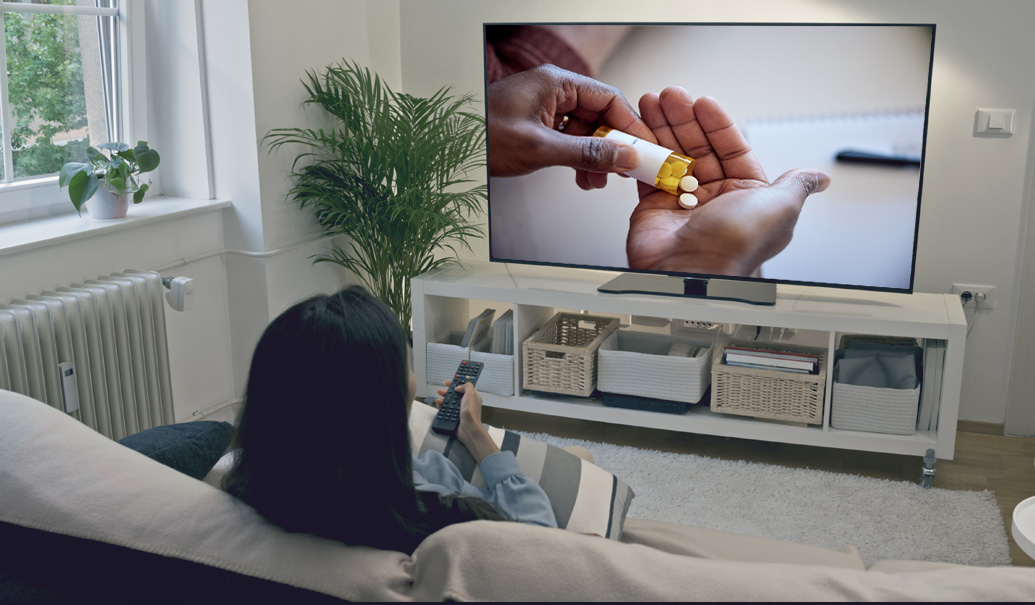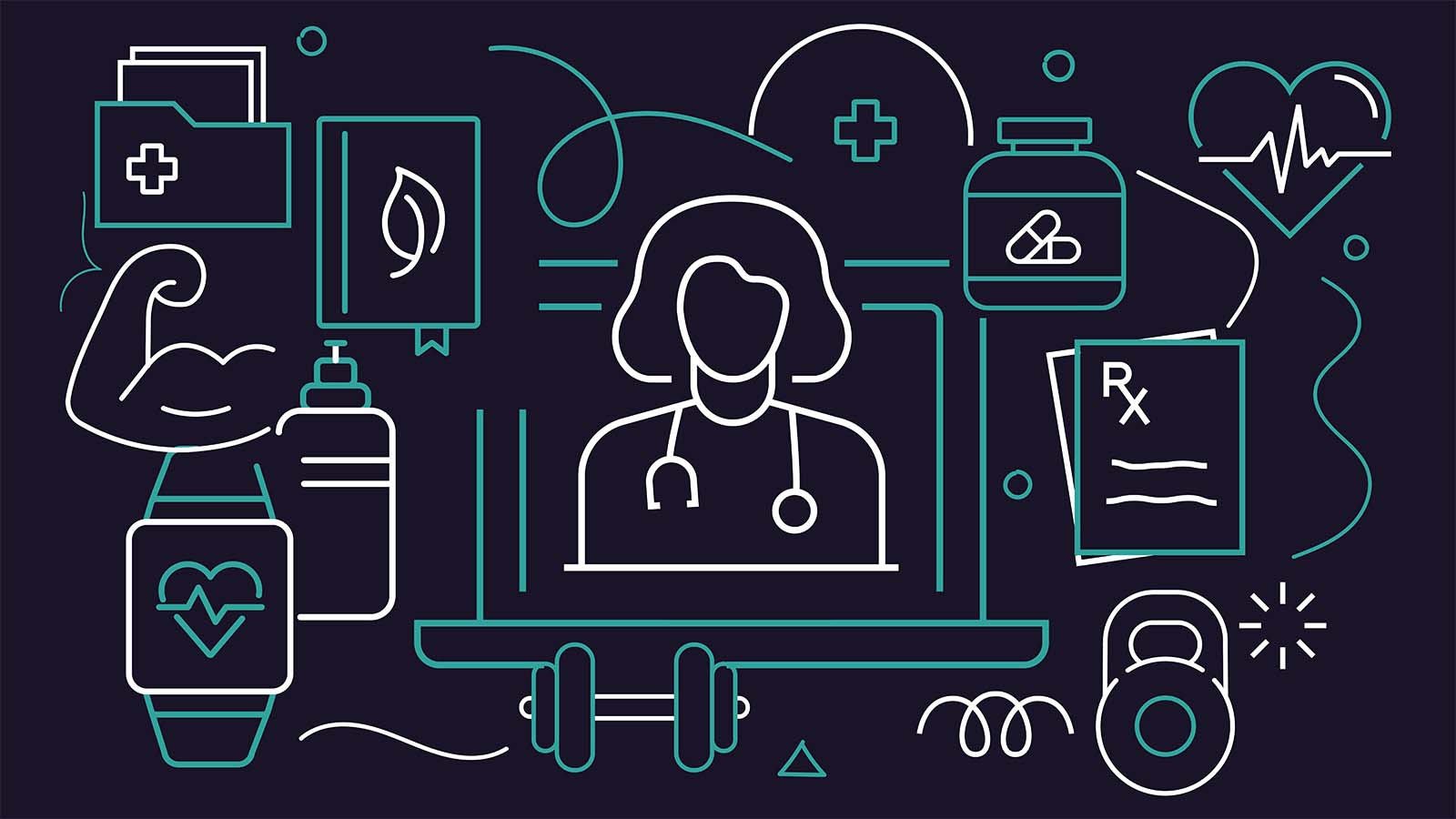Key takeaways:
- A control tower centralizes data and analytics to help health plans optimize healthcare cost management
- AI-powered insights allow health plans to make targeted interventions for sustainable cost containment
- Cross-functional coordination drives behavioral change among health plan leadership and employees, providers and plan members to create long-term value
The rising cost of healthcare in the U.S. remains a major challenge, with national healthcare expenditures projected to reach approximately 20% of gross domestic product by 2032. Health plans struggle with yearly losses of $100 million to $500 million, despite modest revenue growth in 2024. Key factors include rising medical loss ratios (MLR) driven by increased utilization, soaring demand for GLP-1s, escalating specialty medication costs and expensive therapies for chronic conditions like cancer. While health plans have heavily invested in value-based care, utilization management and provider relationships to contain costs and maintain quality care, traditional strategies often fall short due to fragmentation, lack of precision and delayed feedback loops.
How a cost of healthcare control tower can help health plans
An integrated analytics-powered approach—the cost of healthcare control tower—can unlock new efficiencies to predict and diagnose healthcare cost drivers. Control towers centralize data from multiple sources, benchmark costs using competitive intelligence and apply advanced analytics to monitor and predict trends. They identify patterns and anomalies in real time, providing operational insights to optimize resources, enable early interventions, evaluate ROI and improve outcomes. This approach helps health plans make more-precise, proactive decisions, balancing cost reduction with member-centered care.
Imagine how the control tower could track GLP-1 therapy costs, adherence and clinical response in real time, benchmarking against national, regional or market-specific trends. By integrating patient data beyond pharmacy claims—such as A1c levels, body mass index, weight loss percentage, lipid panels and cardiovascular risk markers—alongside clinical history and prescribing patterns, it provides a comprehensive view of member outcomes. Adjusting benchmarks for demographics, comorbidities and social drivers of health (SDOH) such as food security, access and physical activity ensures equitable and clinically meaningful comparisons. Leveraging predictive modeling, the control tower can proactively recommend cost-effective strategies to optimize GLP-1 utilization, such as transitioning to biosimilar semaglutide or dual-agonist alternatives, optimizing dosing based on metabolic response, integrating medical nutrition therapy or enrolling members in structured lifestyle intervention programs. These strategies help improve outcomes while ensuring financial sustainability in an evolving treatment landscape.
Healthcare cost containment challenges: Why traditional approaches fall short for health plans
Managing healthcare costs requires more than cutting expenses. It demands a coordinated, data-driven approach that balances financial sustainability, quality outcomes, compliance and operational efficiency. Yet despite significant investments in cost management, health plans continue to navigate challenges such as:
- Fragmented data and misaligned strategies. With business units leveraging different data sources, aligning key performance indicators and identifying cost drivers holistically can be challenging. Greater data integration and strategic coordination can unlock precise and effective interventions.
- Siloed execution reduces efficiency. Limited cross-functional coordination can lead to overlapping initiatives, competing priorities and missed opportunities for a cohesive and effective approach. Strengthening alignment across departments can enhance efficiency and mitigate unintended consequences, such as provider burden and member dissatisfaction.
- Reactive cost management limits foresight. Traditional approaches rely on retrospective cost assessments, complicating early detection of emerging cost trends. Integrating real-time monitoring and predictive analytics supports a more proactive strategy. Resources can be allocated dynamically and effectively.
- Intervention strategies often lack precision. Cost management isn’t just about financial metrics. It also requires influencing behaviors across members, providers and internal teams. Without data on behavioral patterns and motivation, interventions may rely on assumptions rather than evidence. This can result in misaligned provider incentives, ineffective member engagement strategies or underutilized cost-saving programs, ultimately limiting their impact.
The control tower transforms cost containment from reactive cost cutting to strategic value creation by providing a unified decision-making framework. Through real-time data integration, incentive alignment and cross-functional collaboration, it enables:
- Proactive financial optimization by identifying cost drivers early and helping health plans dynamically reallocate resources
- Sustainable behavioral change among members and providers through cross-functional team coordination of targeted interventions that reduce costs and improve outcomes
- Improved provider and member engagement by refining risk adjustment, optimizing high-impact interventions and aligning incentives with value-based performance metrics
How the control tower drives cost reduction and optimizes interventions for health plans
The control tower transforms cost management by integrating diverse data sources and advanced analytics, real-time data and coordinated execution to help health plans uncover key cost drivers and deploy high-impact interventions.
- Holistic cost intelligence. The control tower aggregates diverse data sources, including clinical evidence, claims data, provider performance metrics, utilization patterns, regional market dynamics and SDOH data, to deliver a deeper, plan-specific understanding of cost drivers. For example, a study on hospitalization costs identified key factors influencing expenses such as delivery type, length of stay, hospital location and teaching status. By applying these insights to payer-specific data, health plans can pinpoint similar patterns and refine cost-containment strategies accordingly.
- AI-powered pattern detection. AI enables large-scale, cross-functional analysis, eliminating the need to assess cost drivers one disease area or geography at a time. In recent years, machine learning has emerged as a powerful tool to help payers uncover fraudulent claims, inappropriate billing patterns and wasteful spending more efficiently than ever before. With AI-driven techniques, health plans can optimize cost management strategies at scale.
- Precision-driven intervention design. Once cost drivers are identified, predictive modeling evaluates the effectiveness and feasibility of different interventions. Machine learning models, for instance, can predict the risk of chronic disease development over a 10-year horizon using real-world health records. By analyzing past intervention outcomes—both from internal health plan data and published clinical research—health plans can determine the highest-ROI strategy, such as whether targeted lifestyle coaching outperforms medication adherence programs for specific populations.
- Coordinated, effective execution. While behavioral change is key to cost reduction, fragmented outreach can overwhelm members with conflicting or poorly timed messages. The control tower ensures interventions are well designed and seamlessly coordinated across business units for maximum impact. Research shows interventions are most effective when aligned with an individual’s stage of change. By synchronizing outreach—leveraging marketing for those in contemplation and care managers for those ready to act—health plans can deliver the right intervention at the right time, creating a cohesive, member-centric experience that drives lasting cost savings.
Cost of healthcare control tower use cases
- Use case 1
- Use case 2
- Use case 3
Provider quality analysis and member incentive design
Provider practice variation identified: Identified a 39%-point variation (range: 3% to 42%) in knee arthroscopy rates across providers, despite clinical evidence showing little benefit for osteoarthritis.
Targeted incentives: Developed member incentive program to discourage care from the bottom 5% of providers.
Outcomes: Reduced unnecessary procedures, improved care quality and optimized costs, driving an initiative coordinated across seven business units.
Emergency department utilization management
Frequent users identified: Analyzed emergency department visit patterns and identified frequent users (three or more visits), correlating frequent visits with primary care access, care gaps and medication adherence.
Program shortcomings: Found generic care management programs were ineffective for this complex population.
Outcome: Intervened before emergency department overutilization patterns developed by addressing social, affordability and behavioral health drivers.
Specialty medication cost management and forecasting
Data integration: Integrated data beyond typical health plan claims to predict specialty drug cost trends, focusing on high-cost medications like GLP-1s.
Cost forecasting: Enabled the health plan to anticipate rising pharmacy costs and their impact on MLRs, identifying cost drivers for proactive management.
Outcomes: Helped the plan implement utilization management, negotiate contracts and optimize care and financial outcomes.
Implementation roadmap for a health plan control tower
- Phase 1
- Phase 2
- Phase 3
- Phase 4
Establish data and technology foundation
- Data integration: Connect claims, clinical, provider performance, utilization SDOH and market data
- Technology enablement: Use cloud platforms and AI for real-time monitoring
- Cross-functional governance: Align leadership, establish KPIs and drive execution
- Data governance and security: Ensure compliance and data quality
Build AI-driven analytics framework
- Advanced analytics: Use AI and machine learning to identify cost drivers and predict patterns
- Medical economics integration: Combine clinical and financial data for efficiency
- Predictive analytics and automation: Forecast events, automate claims and refine interventions
- Performance tracking: Create dashboards to monitor and track effectiveness
Apply insights to drive interventions
- Precision interventions: Use AI-driven personalized outreach
- Coordinated execution: Synchronize efforts across teams for seamless execution
- Continuous optimization: Use feedback loops to measure ROI and adjust strategies
Sustain long-term cost savings
- Performance review and adaptation: Regularly refine strategies based on outcomes
- Advanced AI integration: Continuously improve predictive accuracy with emerging tech
- Cross-functional collaboration: Ensure interventions stay relevant and member-centric
While building the control tower requires a significant investment, it’s achievable and delivers ROI when done strategically. Flexibility is key, and any approach should be customized to your health plan’s needs.
Measurable benefits of healthcare cost control towers for health plans
A well-executed control tower optimizes existing cost containment efforts and drives long-term success by enhancing decision-making, resource allocation and care quality.
- Improved decision-making. Centralizes real-time, operational data to support data-driven decisions that enhance efficiency and long-term strategy.
- Optimized resource allocation. Pinpoints high-value interventions and cost drivers, allowing for more effective resource deployment.
- Enhanced member and provider experience. Tailored, data-driven interventions boost engagement and satisfaction while aligning with high-quality personalized care.
- Sustained long-term cost containment. Enables continuous learning and real-time adjustments, ensuring strategies evolve with changing needs.
- Stronger competitive positioning. Offers insights into market trends and provider performance, refining partnerships and policies to differentiate health plans
Measuring control tower ROI involves balancing immediate cost savings with long-term value. Successful implementations establish baseline metrics across clinical outcomes, operational efficiency and financial performance. Tracking improvement velocity alongside implementation costs ensures sustainable value beyond traditional cost containment.
“As digital health technologies advance, the control tower becomes a vital strategic tool, enabling health plans to navigate industry disruptions with agility.”
How health plans can gain competitive advantage through cost innovation
The control tower represents the next evolution in healthcare—shifting from fragmented interventions to an integrated system that proactively addresses root cause with unmatched precision. By centralizing intelligence and coordinating cross-functional teams, health plans can deploy resources where they have the greatest impact and eliminate waste. As digital health technologies advance, the control tower becomes a vital strategic tool, enabling health plans to navigate industry disruptions with agility and turn cost pressure into catalysts for innovation. For forward-thinking executives, it offers a chance to stand out as industry leaders in an increasingly complex healthcare landscape.















